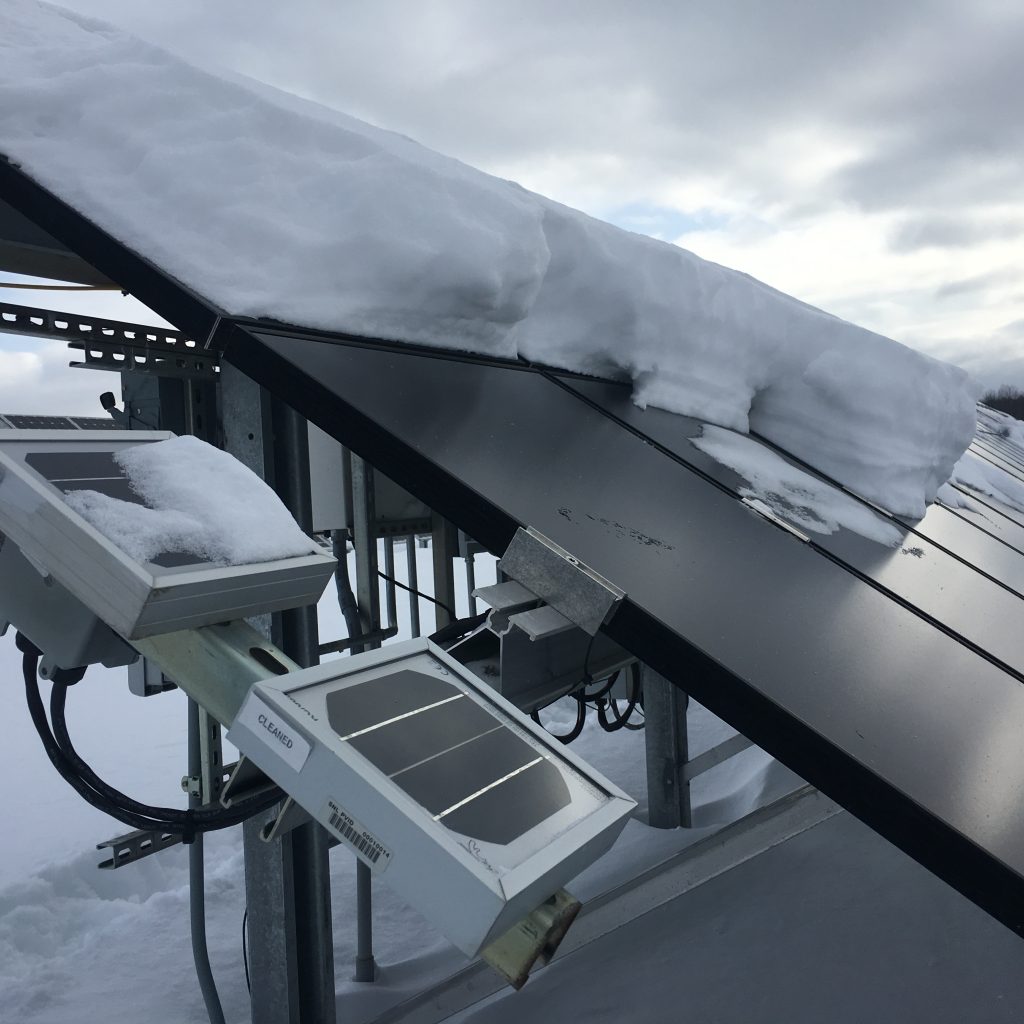
Common Instrumentation and Measurement Platform
The Regional Test Centers provide a multi-site, multi-climate platform for product evaluation, representative of high-growth markets for solar.
Each RTC is equipped with:
- Grid-tied open racking for fast installations and technological flexibility, able to accommodate technologies and systems of varying sizes
- World-class meteorological instrumentation, high-resolution monitoring equipment, and a common set of calibration and operating protocols to ensure data quality across the program
- Standardized protocols for PV system validation, applicable to different climates and settings

Irradiance Instrumentation
Instruments produce a set of standardized protocols for PV system validation that are applicable to different climates and settings.
- Global Horizontal Irradiance (GHI)
- Diffuse Horizontal Irradiance (DHI)
- Direct Normal Irradiance (DNI)
- Plane-of-Array (POA)
All irradiance sensors are cleaned twice weekly and calibrated every two years.
Meteorological Instrumentation
- Precipitation gauge
- Wind speed and direction
- Barometric pressure
- Relative humidity and temperature
Reference PV System
Each site also has a 6kW mono-PERC reference PV system that is equipped with a high-fidelity monitoring system that includes string-level DC voltage and current measurements, POA irradiance, a POA reference cell and back-of-module temperature sensors. The array provides a common reference to which new module technologies can be compared.
Data Quality
Data is collected at a frequency of nearly 5 seconds, averaged per minute and transferred to Sandia, where it is analyzed daily.
Automated data reports alert the Labs to any system or data failure at each of the RTC sites, enabling the rapid identification and repair of faulty instrumentation from sensors to dataloggers.